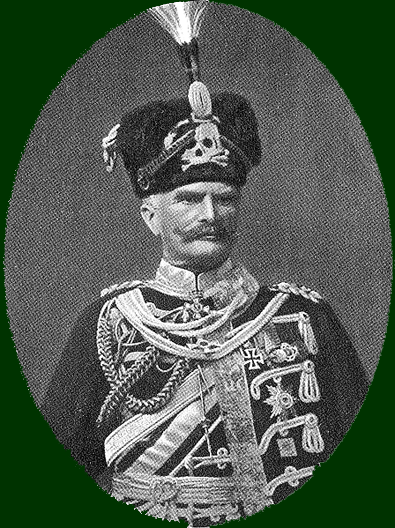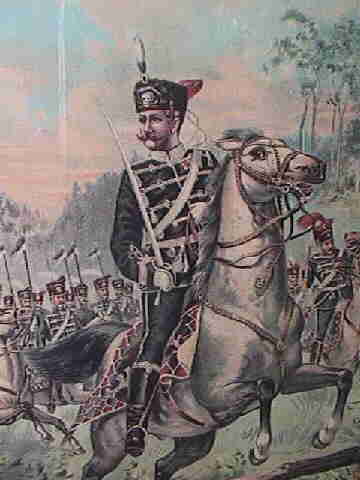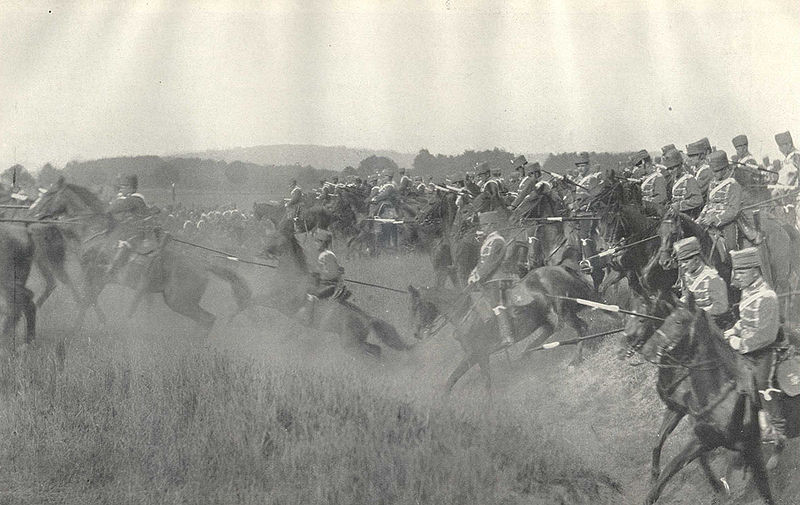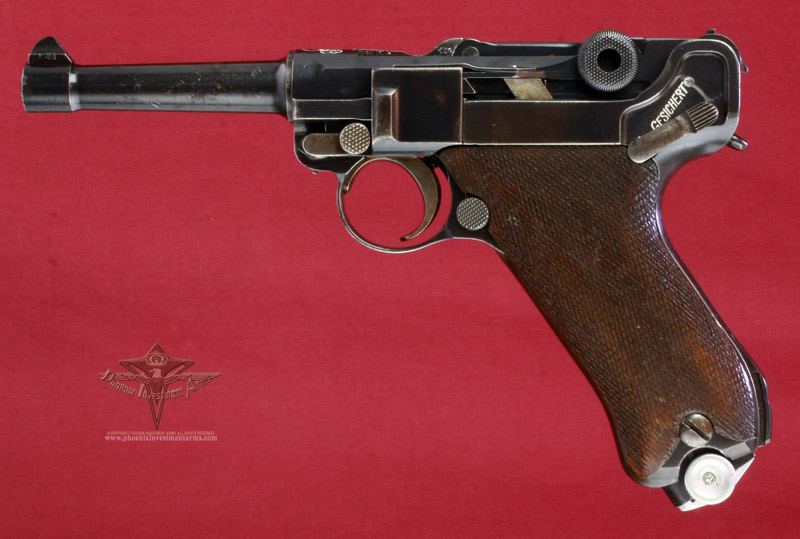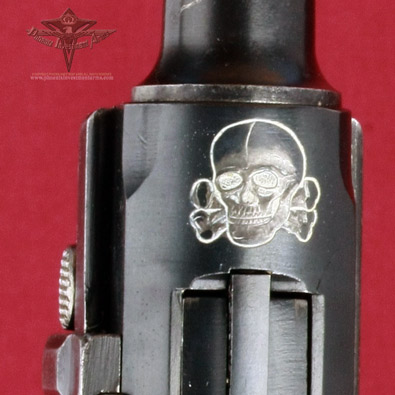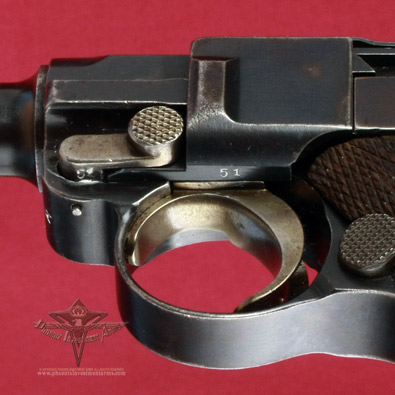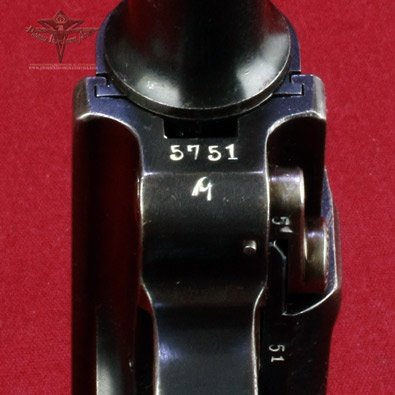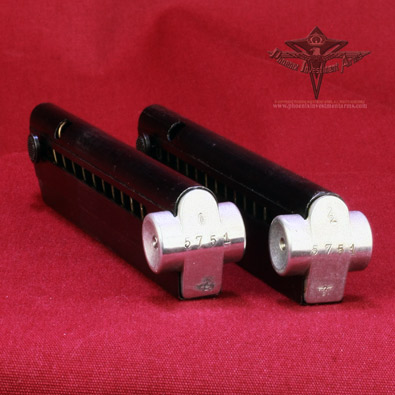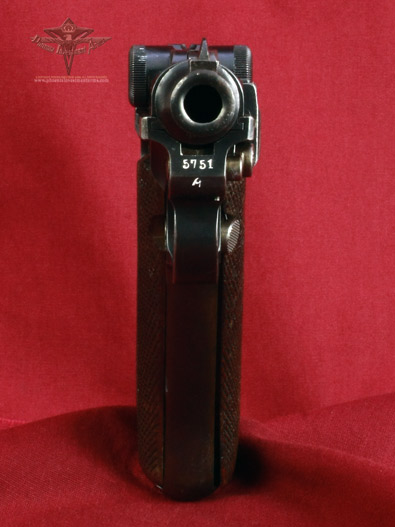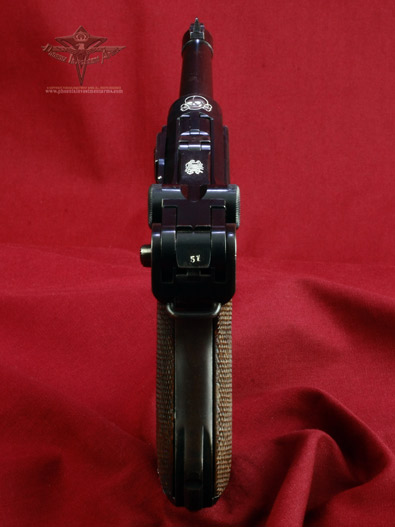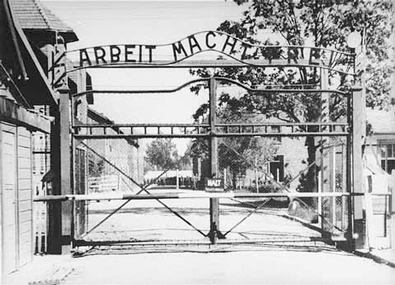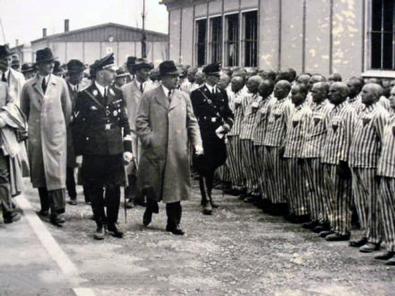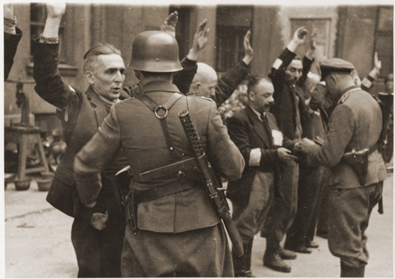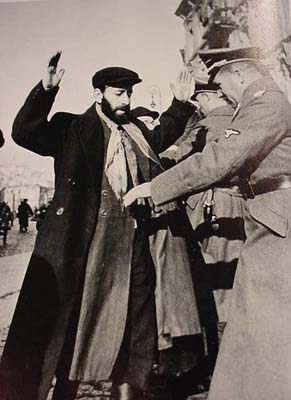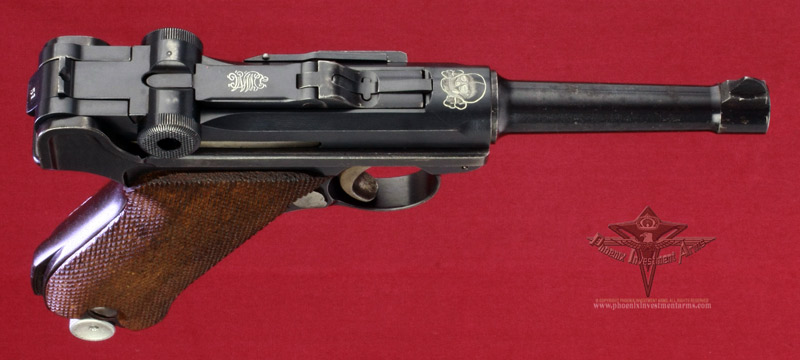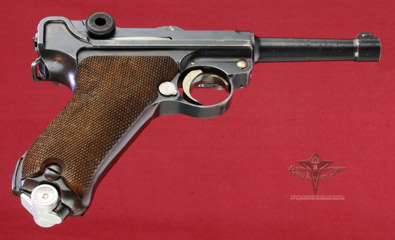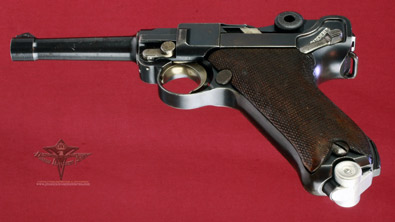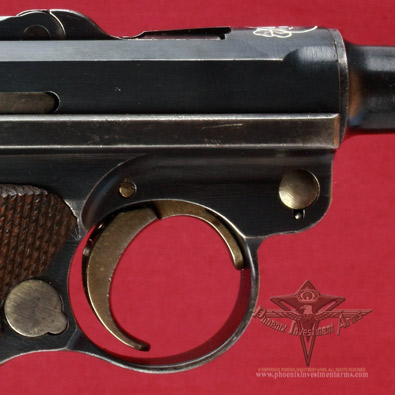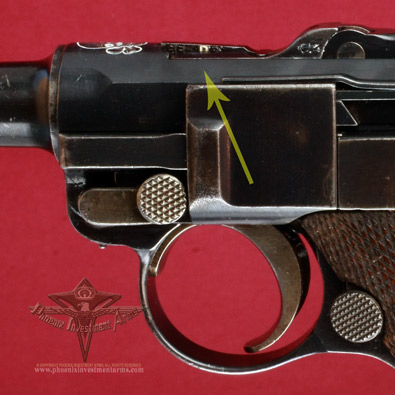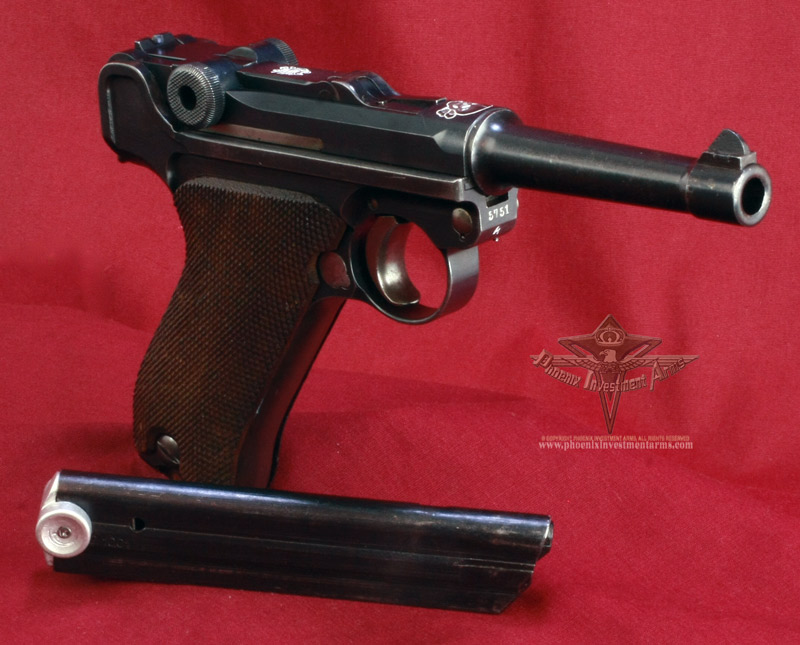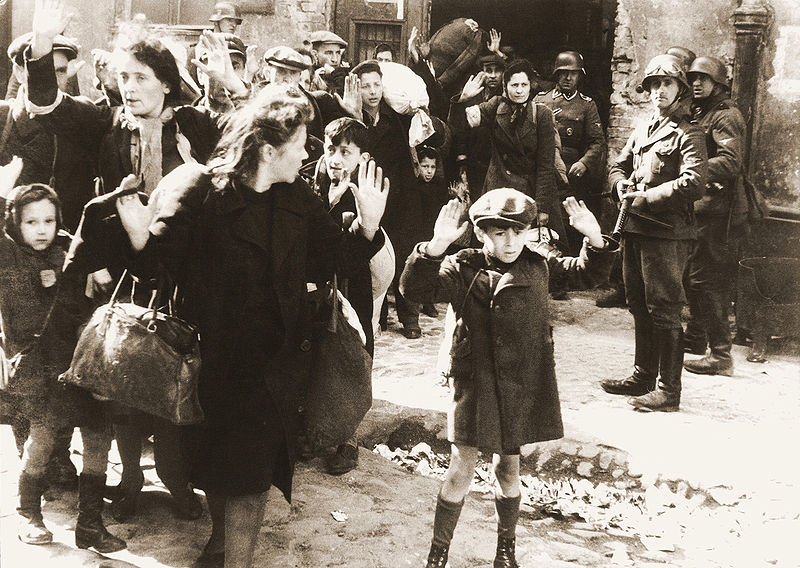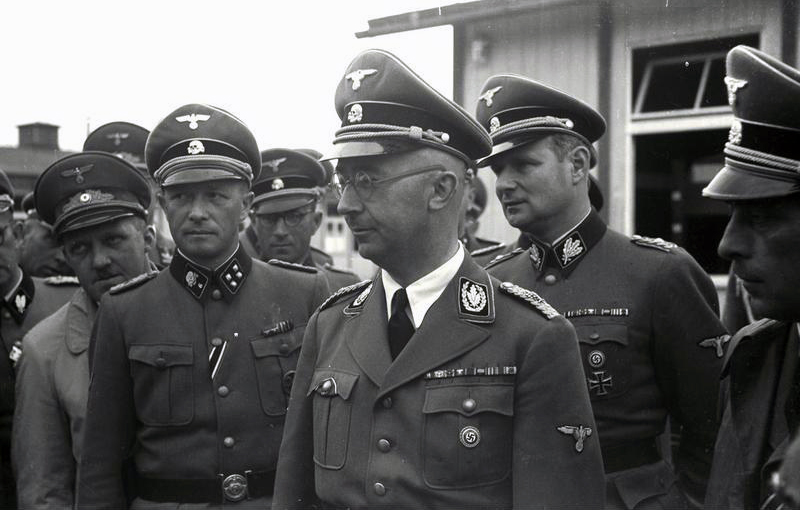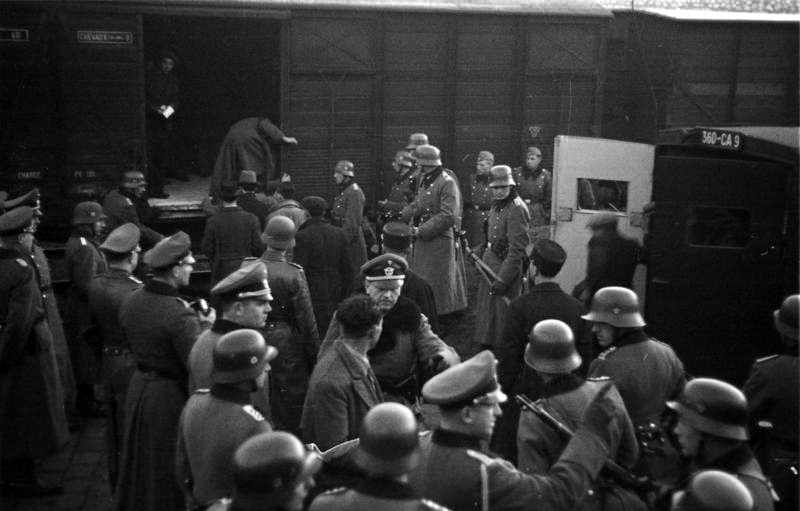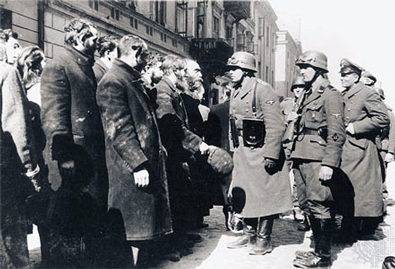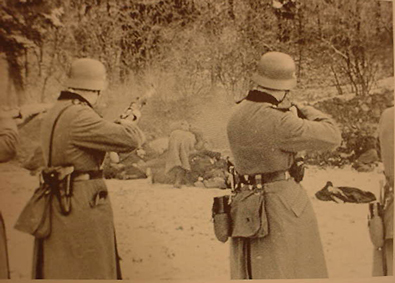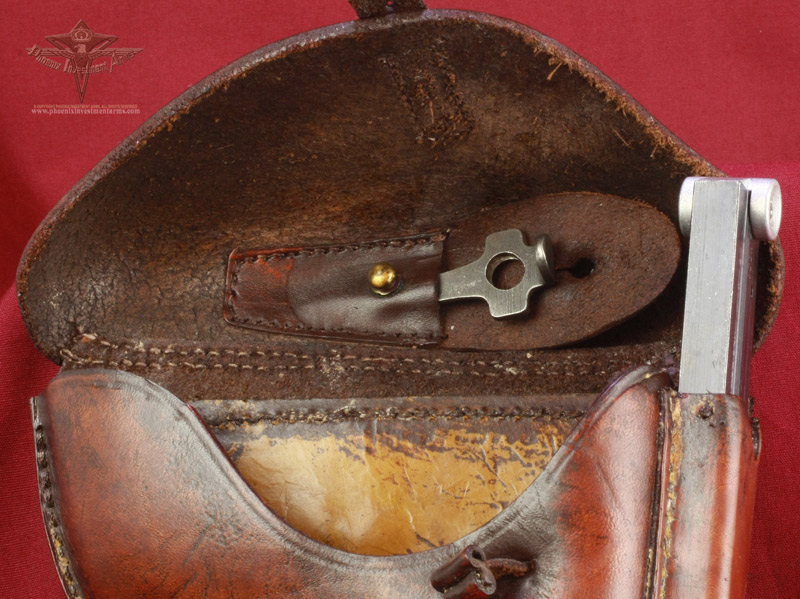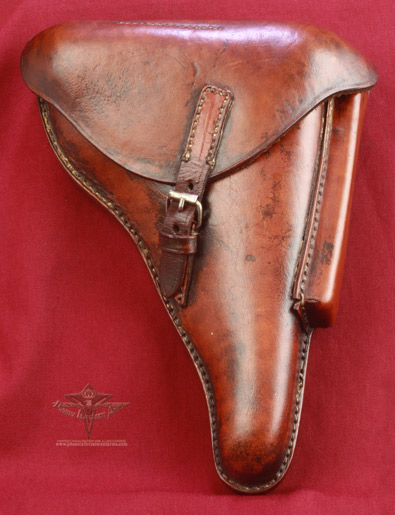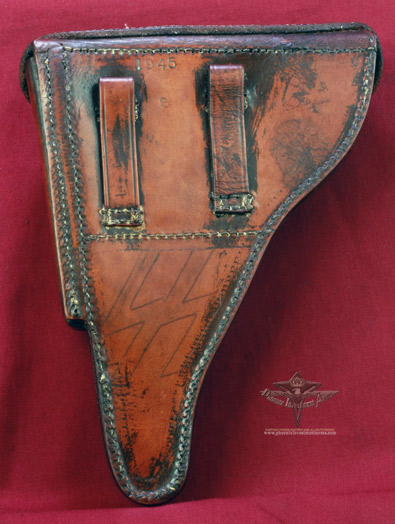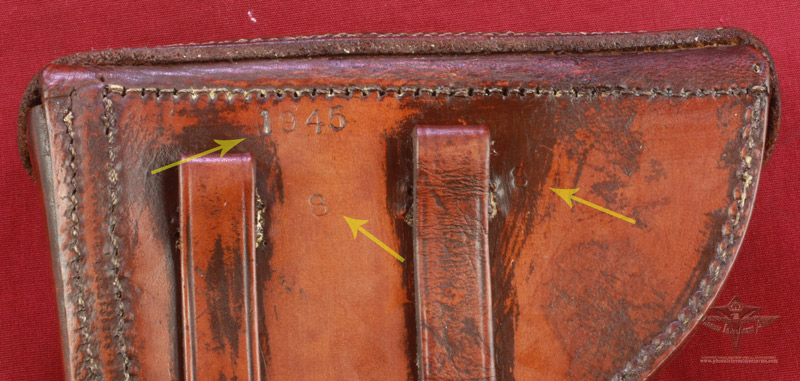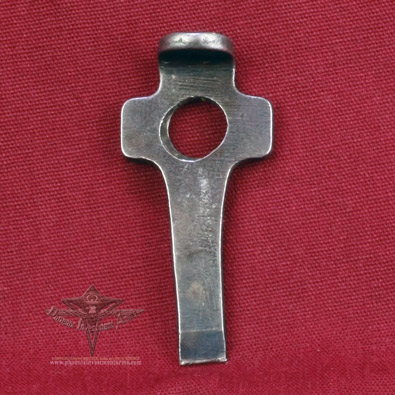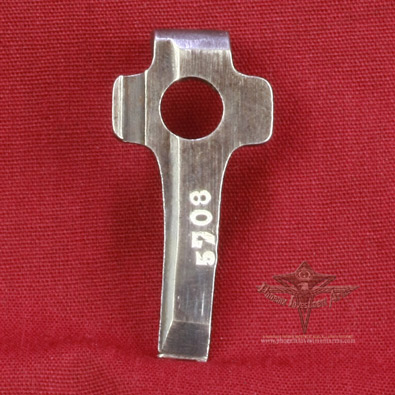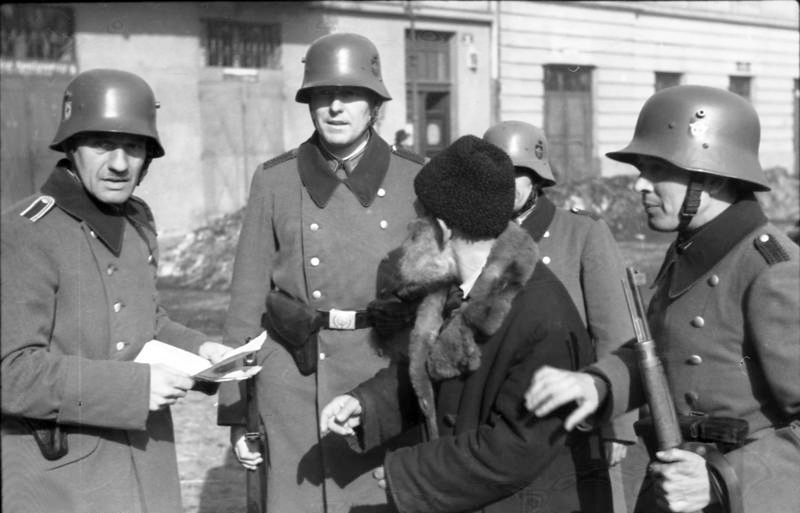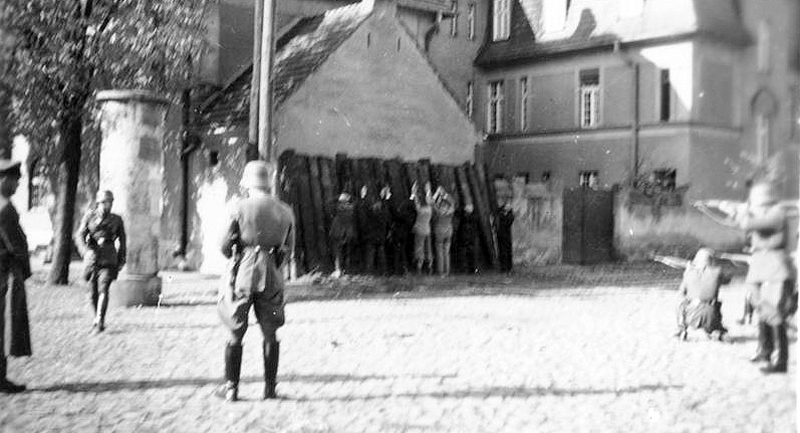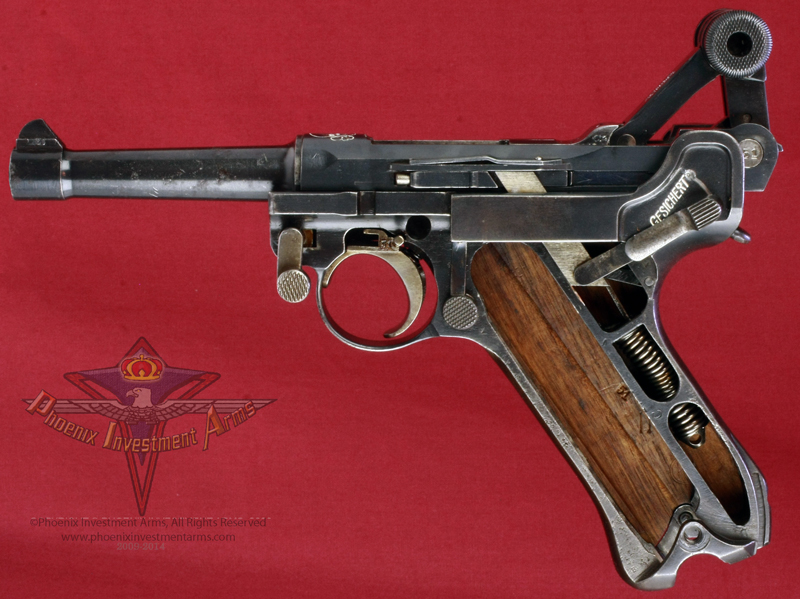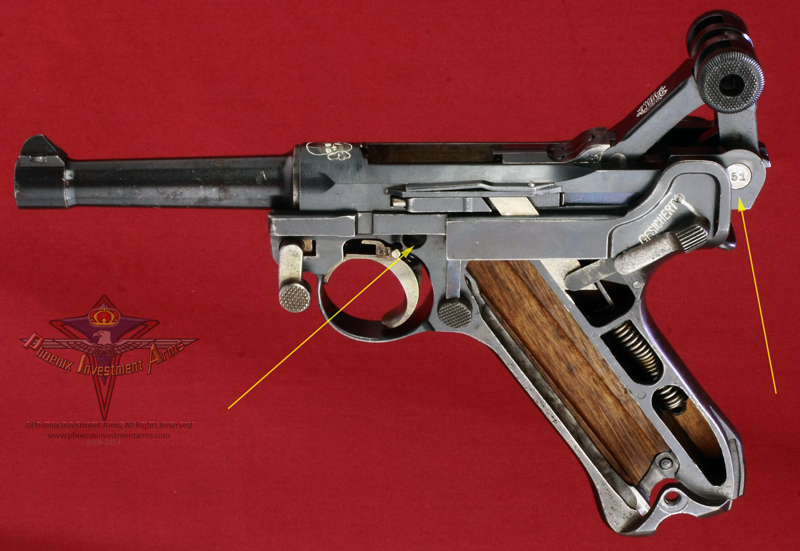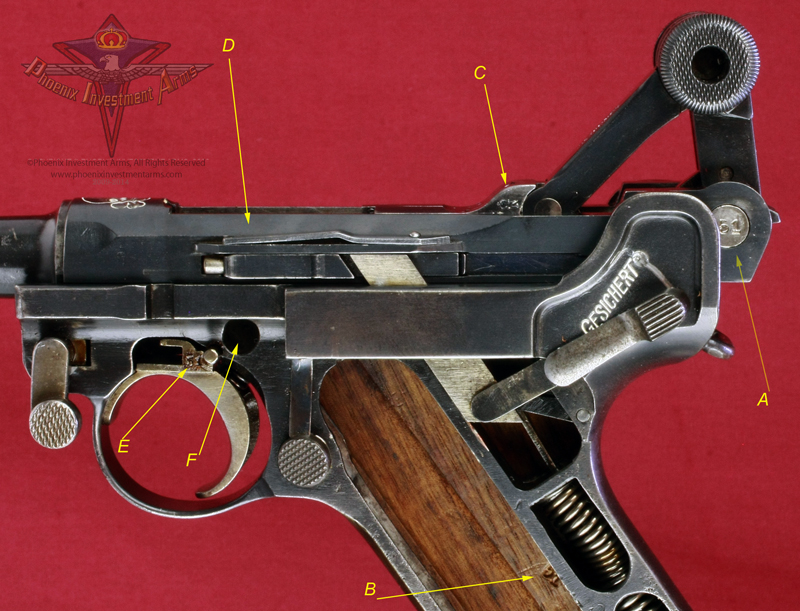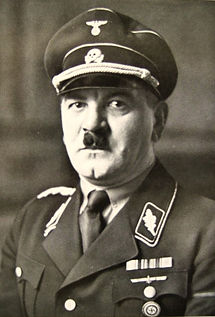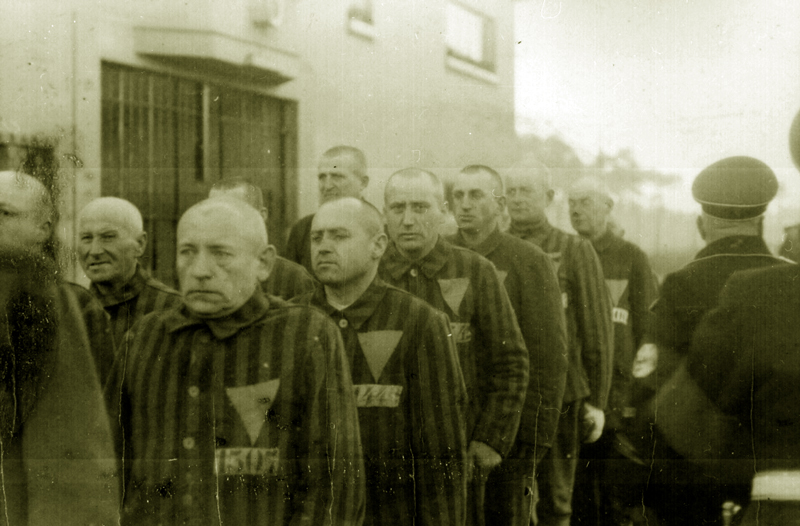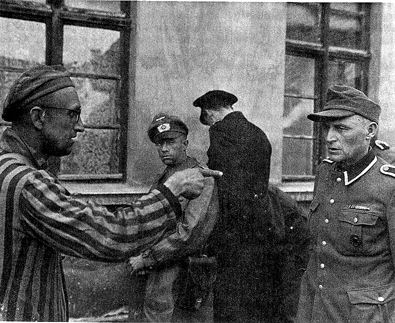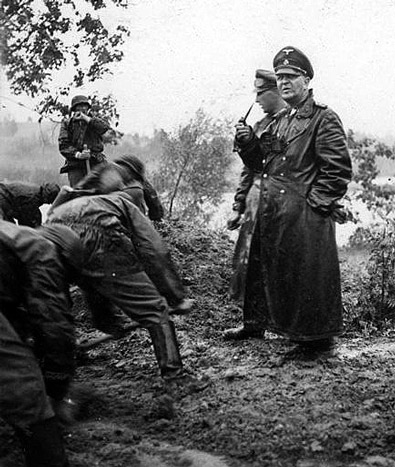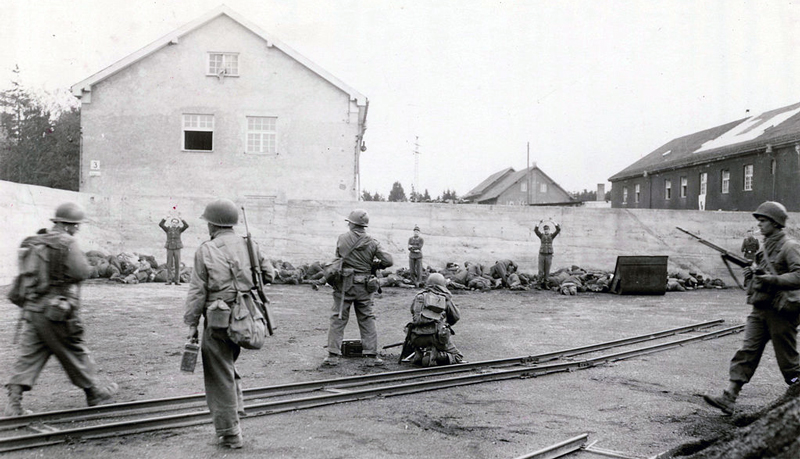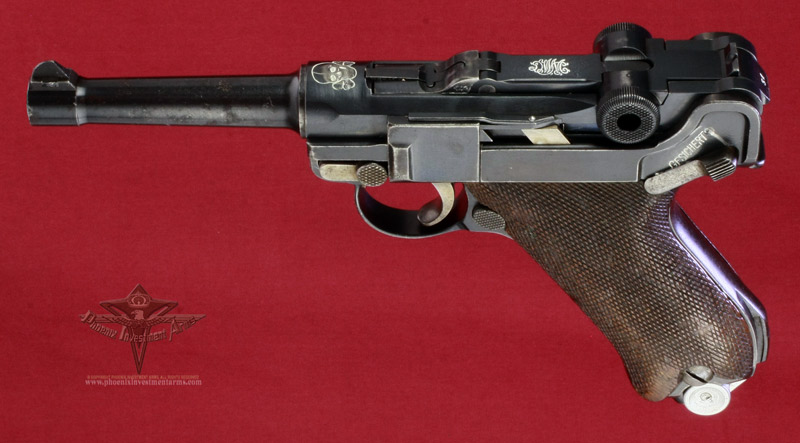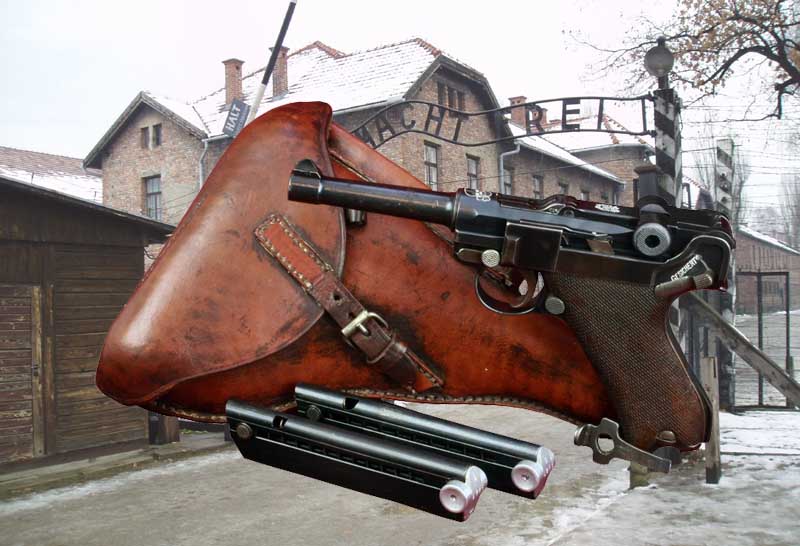Archived-NOT FOR SALE
1933
Konzentrationslager Death Head (Totenkopf)
PHOENIX INVESTMENT ARMS -
PREMIUM COLLECTOR LUGERS
Genuine German
Luger - Largest Variety of Lugers Offered
Home | Post WWI DWM | Erfurt Lugers | Mauser | Simson Suhl | Krieghoff | Vickers, Ltd | Swiss Bern | Other Guns
Bottom of Page
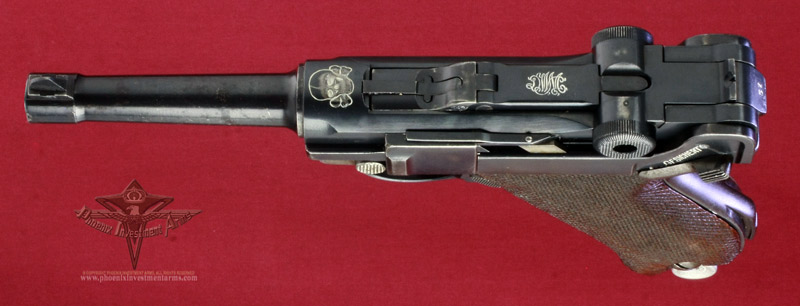 |
|
This is a eerie example of the 1920's Model DWM (Deutsches Waffen Und Munitionsfabriken Co) Manufactured commercial gun converted to a Police Pistole-08 sometime after 1933 . With no chamber date to indicate military contract year of production only the Crown N (Nitro Proof) tells us it is pre-1930's production. The Death's Head (Totenkoft) is very rarely seen displayed in this manner and it was passed down two generations as taken from a guard by a member of the the U.S. Seventh Army's 45th Infantry Division on April 29th, 1945 upon the liberation of the Dachau concentration camp. This a very difficult Luger for the collector to achieve. (1512) |
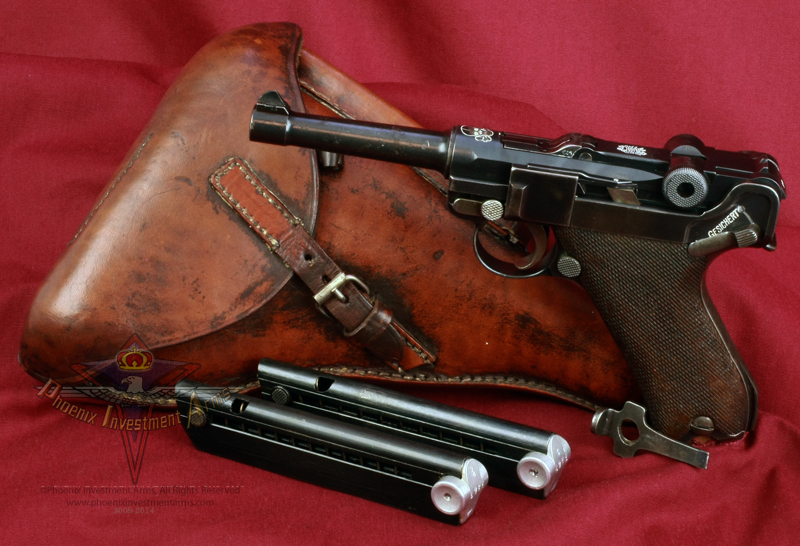 |
|
NOTE: Photographs taken today with the high mega-pixel camera show more than we sometimes can see with the human eye. Magnified close-ups show us tool marks and natural surface conditions that one normally doesn't see in the ordinary handling of the weapon. Photographs are copyrighted, all rights reserved, any extraction, reproduction or display of gun pictures without the express consent of the Phoenix Investment Arms is strictly prohibited. Thank you for your cooperation. Please visit Legal (tabbed) for Conditions of Sale. |
